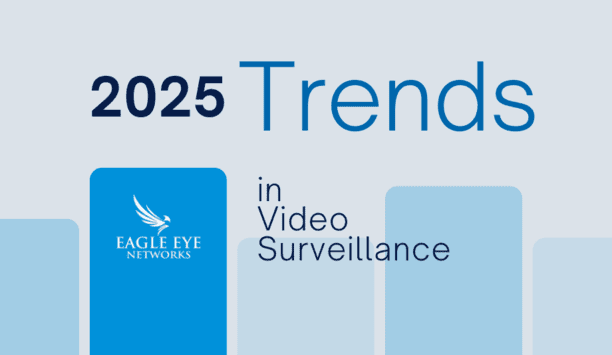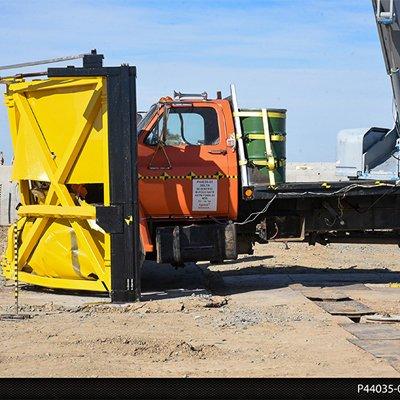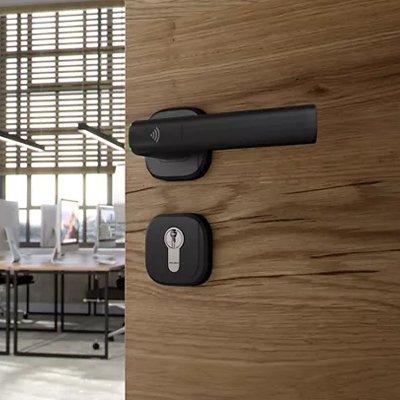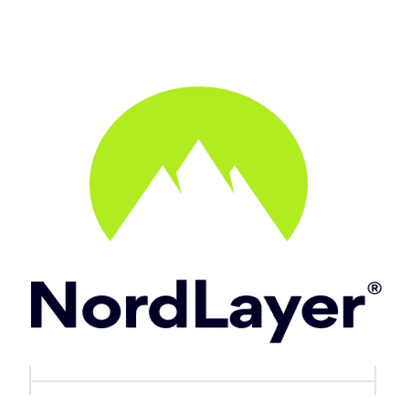 |
| According to research firm IHS Technology, the residential intrusion alarm market is expected to grow by 9.4 percent in 2015 |
For years, the industry’s penetration rate for security alarm systems has hovered from a conservative 18 percent of households to a more liberal 22 percent or so. According to research firm IHS, the residential intrusion alarm market is expected to grow by 9.4 percent in 2015.
Perhaps this increase is due in part to the rise of interactive services, or even by marketing efforts of national telecommunications companies, cable providers and others. The Electronic Security Association (ESA) says a recent survey indicates 54 percent of its members now offer interactive services.
Home automation and security
Related to home automation and security, Travis Leo, chief executive officer of Residential Systems Inc., Lakewood, Colo., says he is seeing an increase in customers and prospects asking about security for their homes. And it’s not only for traditional intrusion detection, but also for information, data and intelligence that can be gleaned from sensors and detectors akin to home automation and security solutions.
Residential Systems Inc. is an award-winning smart home automation company near Denver. The company has been in business for more than 26 years, offering the complete connected home – from theatre and automation to security, climate control, lighting, communications and more. Residential Systems Inc. is a dealer for Control4 and Savant home automation systems and also has a robust commercial division.
“We see a lot of people interested in basic security for the information,” Leo says. “They want to know if they left the window open, for example. Environmental security is also growing every day. Customers want sensors that alert if water is detected. People are relooking at security – more from the intelligence and environmental controls angles. People still want intrusion detection. But I think this can be a renaissance for the security industry to focus on environmental and access security.”
Travis Leo, CEO of Residential Systems is seeing an increase in customers and prospects asking about security for their homes. And it’s not only for traditional intrusion detection, but also for information, data and intelligence |
Automated homes - easy targets for hackers
Leo says over the past month or so customers and prospects are wondering about data security and the potential for hacking into wireless locks. “It’s interesting that it isn’t the coolest gadget people are asking for, but they are starting to pay attention to security in connected home technologies,” he says. “With all the Wi-Fi hacking in the news or other data breaches, they are beginning to question whether they want to allow a wireless communication device to control access to the door, or set up port forwarding and increase their potential vulnerabilities,” Leo says.
He says, at a minimum, homeowners should have a password on their Wi-Fi networks, but often that’s not enough. Companies like Savant, he says, are providing alternatives. “It’s refreshing to see manufacturers respond. Savant has a new app that puts a secure remote access port in place. You can connect to the home securely from anywhere, and it goes through their secure, cloud-based portal, requiring a user name and password.”
He believes wireless needs two-factor authentication, especially for mission critical applications. “For example, you enter a password but you still have to prove you are the authorised person trying to gain access. We’re going to see more two-factor authentication. Our philosophy at Residential Systems is that anytime you can run a wire you should – because of reliability and security.”
Wearables and automation
Leo says the company watches trends and contends that if any device is going to be a disruptor, it’s the Apple watch. “A lot of people were kind of ho-hum when Apple first introduced it, but if you think about it, what’s unique is that it always knows where you are. Something wearable has the potential for automating technology in the home. When you leave the home, it arms the security. It senses your location and turns on the lights when you approach. This has the ability to truly be disruptive,” he says.










































